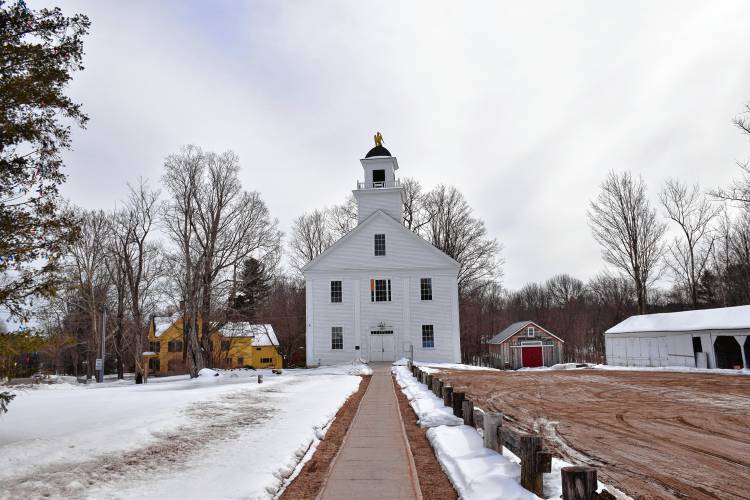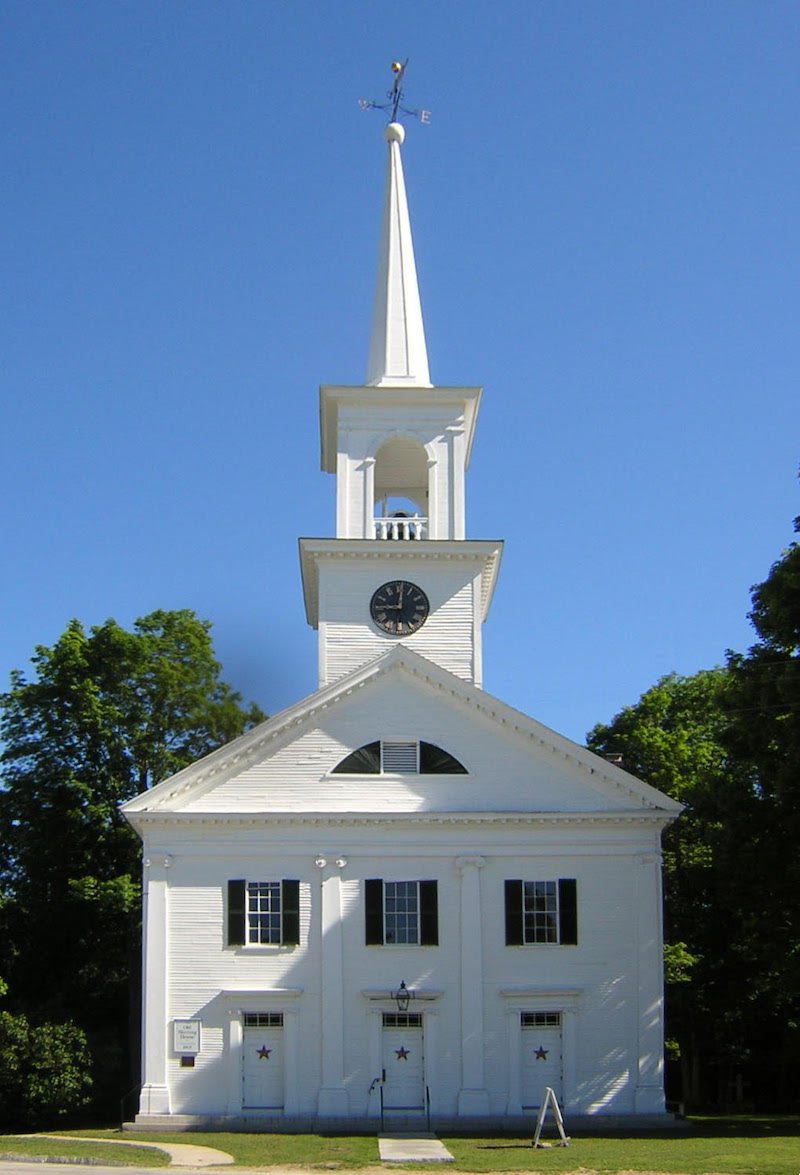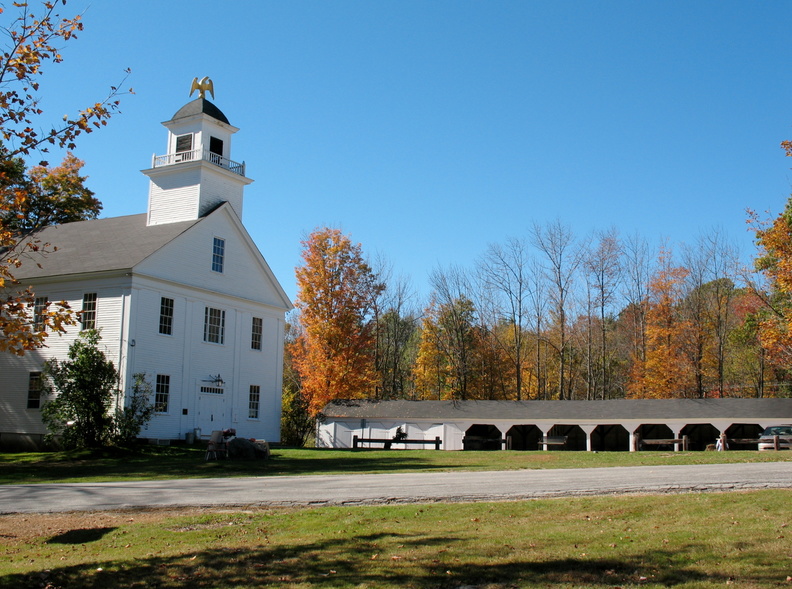Francestown, New Hampshire - History
Francestown is a small town located in the Hillsborough County of New Hampshire, USA. The town has a rich history that dates back to the pre-Revolutionary War era when it was first settled by Europeans.
The area that is now Francestown was originally inhabited by the Pennacook tribe of Native Americans. They hunted and fished along the nearby rivers and streams, and lived in the area for centuries before the arrival of Europeans.
In the mid-18th century, the town began to be settled by European immigrants. The first European to arrive in the area was named James Adams, who built a small cabin near the present-day town center in 1758. However, it was not until 1760 that the town began to see more permanent settlements.
The town was named after Colonel John France, who had been a member of the Governor’s Council. France was an influential figure in the region and played an important role in the establishment of the town. He was also a prominent landowner in the area.
In 1772, Francestown was officially incorporated as a town. The first town meeting was held on April 13, 1773, and Colonel John France was elected as the town’s first moderator.


During the Revolutionary War, Francestown was an important center of Patriot activity. Many of the town’s residents were actively involved in the fight for independence, and several men from the town served in the Continental Army.
In the late 18th century and early 19th century, Francestown saw significant growth as a center for manufacturing and agriculture. The town had several mills, including gristmills, sawmills, and a woolen mill. These mills provided employment for many of the town’s residents and helped to stimulate economic growth.
One of the most iconic landmarks in Francestown is the town meetinghouse, which was built in 1801. The meetinghouse was constructed using timber from the surrounding forests, and it has been in continuous use ever since. Today, the meetinghouse is still used for town meetings, as well as for concerts and other community events.
Francestown also has several historic homes and buildings, many of which date back to the early 19th century. One notable example is the Wheaton-Jacques House, which was built in 1810. The house is now a museum and is open to the public for tours.
Throughout the 19th century, Francestown continued to grow and prosper. The town’s population increased, and new businesses and industries were established. In addition to manufacturing and agriculture, the town also had several shops and stores, as well as a post office and a school.
The 20th century brought new challenges to Francestown. Like many small towns in New Hampshire, the town’s population began to decline as younger residents moved away to seek opportunities elsewhere. The town’s economy also suffered, as many of the mills and factories that had once provided employment for residents closed down.
Despite these challenges, Francestown has remained a close-knit and vibrant community. The town has a strong sense of history and tradition, and residents are proud of their town’s heritage. Today, Francestown has a population of around 1,500 people, and the town remains a popular destination for tourists and visitors who come to experience its rich history and natural beauty.

Locate the Blue Bear Inn
From Boston/Providence:
Take 93 North to Rt 101W just before Manchester N.H.,Follow 101 to Rt
114 North to Goffstown. Rt 13 to New Boston, Rt 136 to Francestown. Follow Rt 47 for 2 1/2 miles to Mountain Road. Turn left onto Mountain Road. The Inn is 1 mile up on the right.
From New York/Hartford:
Take I-91 N to Exit 3 at Brattleboro, Vt. follow Rt 9 East thru Keene, NH. to Rt 31 South outside Antrim, continue on 31 S to Bennington, N.H. to Rt. 47. Follow Rt 47 for 4 1/2 miles. Turn right onto Mountain Road. The Inn is 1 mile up on the right.